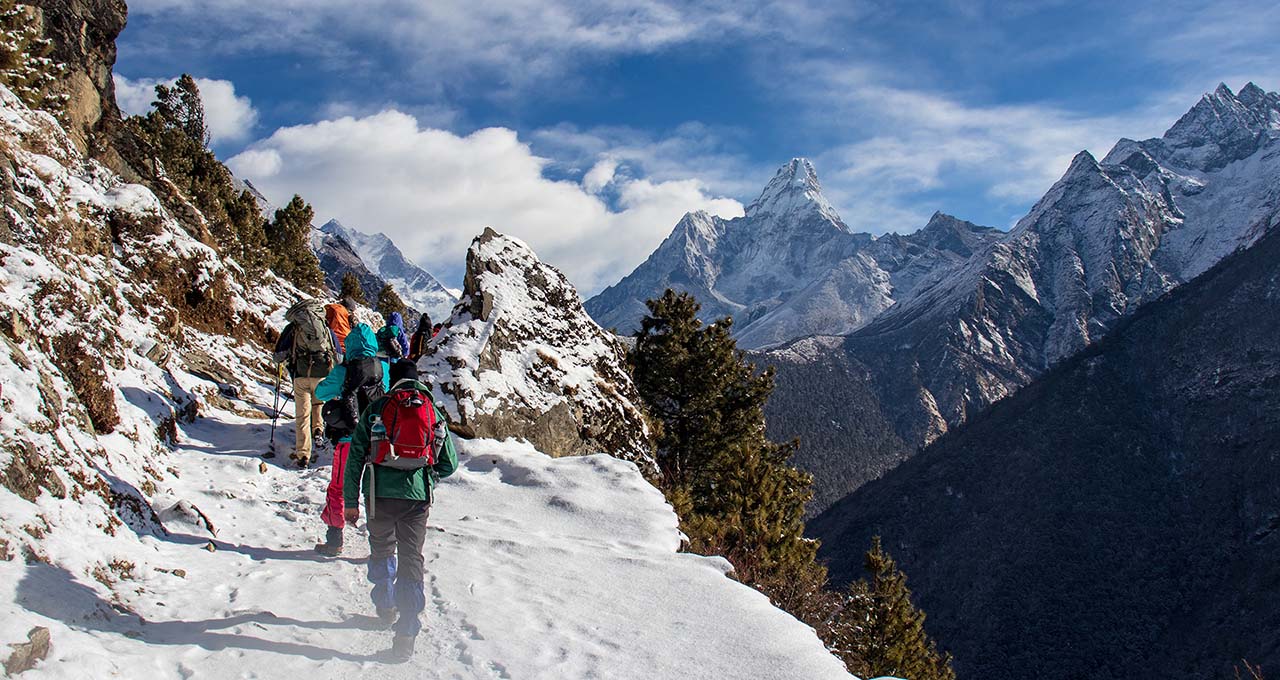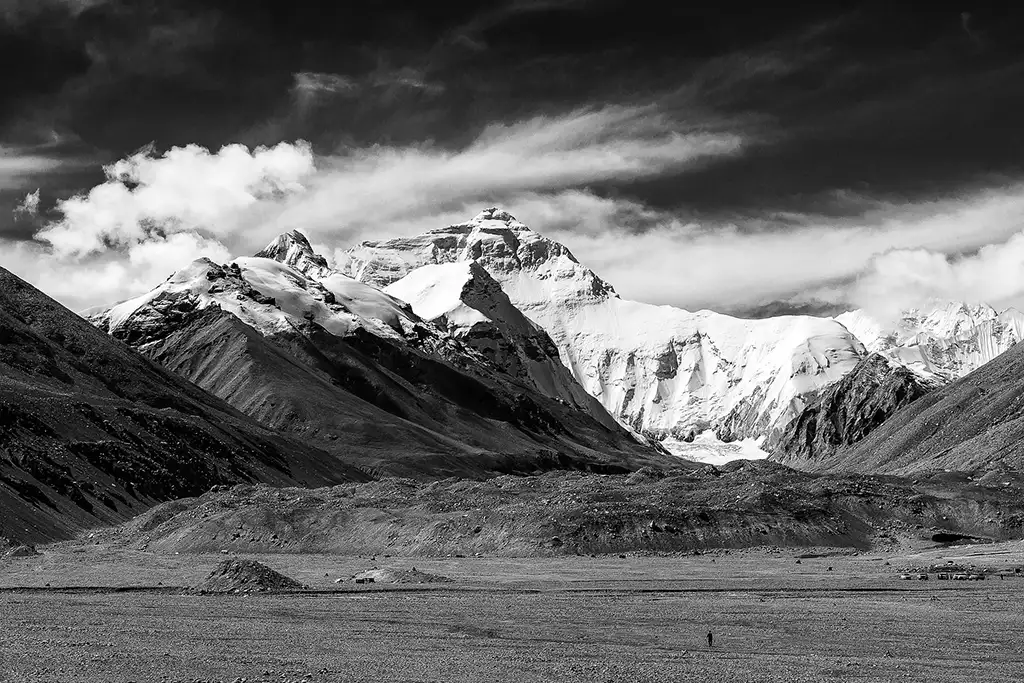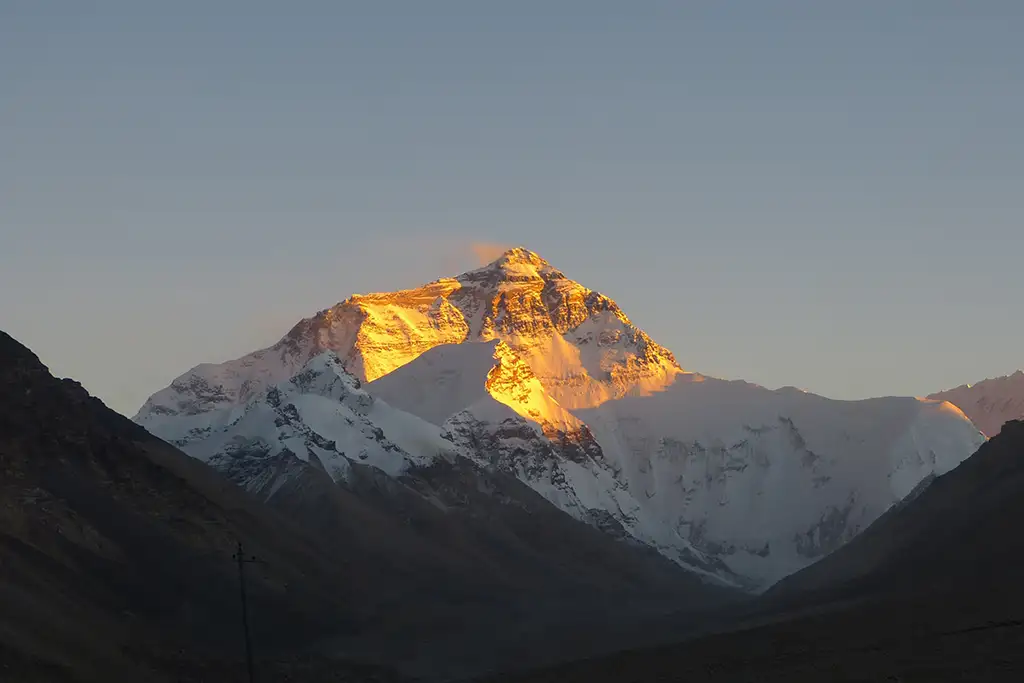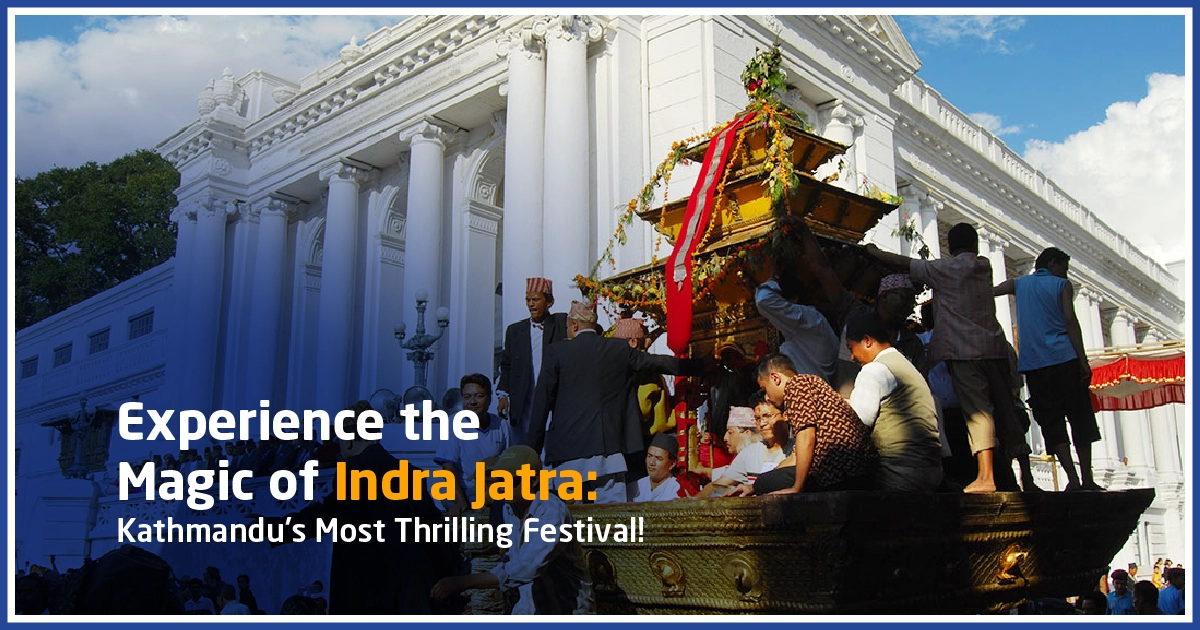In Pursuit of Name: Different Names of Mount Everest

As the poetry below says, a name is more than just a word; it is a badge of identity that reflects how society or people around the world perceive us. Like any person or object, there are different names of Mount Everest, the highest peak in the world. It wasn’t always known by its very name, as we know it today.
I’m given to you when you’re born,
But I’m not a gift you can hold.
I can be common or one-of-a-kind,
Yet I’m the first thing you’re often told.
You carry me wherever you go,
But I weigh nothing, fast or slow.
What am I?
If you guessed it right, I am NAME.
Like many, this lifeless landscape struggled throughout history to keep its name. This gift of nature, bearing historical significance, has evolved along with us, preserving the uniqueness of its name.
It’s not a new thing that we humans struggle to make our name in history. In this blog, we will briefly go through the discovery of the peak and the different phases of its naming. But before that, let’s learn what Sagarmatha is.
Where is Mount Everest?

Commonly called Mount Everest among the international population, Sagarmatha is the highest peak of the Mahalangur sub-range of the Greater Himalayas. Situated in the Solu-Khumbu district of Nepal, it is 8848.88 meters above sea level.
It lies at 27°59′ N 86°56′ E, and the mountain is located at the border between China and Nepal, making it accessible from both countries, depending on which face you want to climb.
Undoubtedly, Everest is the most popular destination for climbers, which is pretty evident by the traffic you see en route to the peak every year.
Check different packages of the Everest region if you want to witness this glorified mountain from a close distance.
Different Names of Everest

Names have deep meanings for individuals, families, traditions, heritage, or the hope that keeps an individual alive for the prospect of achieving an identity in the future.
Similarly, the different names of the tops of the world, may it be Sagarmatha or Everest, have become a part of who we are and how others connect to us.
Sagarmatha
Sagarmatha is a Nepali name for Mount Everest that derives from the Sanskrit Sagarmāthā (सगर-माथा) [sʌɡʌrmatha], which is derived from सगर (sagar), meaning “Sky,” and माथा (māthā), meaning “forehead.” The literal meaning is “goddess of the sky,” which means “the head in the great blue sky.”
Baburam Acharya, a Nepali historian, gave the name Sagarmatha in the 1960s, as Nepal did not have a Nepali name for Chomolungma.
Chomolungma
Tibetans named the mountain way before anyone else, even though it wasn’t known to many. The Tibetan name for Sagarmatha is ཇོ་མོ་གླང་མ Chomolungma or Qomolangma), which translates to “Holy Mother.”
This name was first recorded in the 1721 Kangxi Atlas, issued during the reign of the fourth Emperor Kangxi of the Qing dynasty. In the early 20th century, Swedish explorer Sven Hedin found a map in Paris in 1733 by the geographer Jean-Baptiste Bourguignon d’Anville, where the centuries-old, long-forgotten Tibetan name “Cha-mo-lung-ma” existed. Now, Chomolungma is considered the native name for Mount Everest.
Zhūmùlǎngmǎ
Similarly, the Chinese have also devised their version of the name for the highest peak in the world. The official name of the mountain is Zhūmùlǎngmǎ Fēng in Pinyin. Some older versions of the name were Shèngmǔ Fēng, meaning “holy mother peak.
However, in 1952, the Ministry of Internal Affairs of China declared to adopt a common name and adopted “Zhūmùlǎngmǎ”; Zhū-mu-lang-ma.
Deva-Dhunga
Various scholars proposed alternative names for the mountain. A Kathmandu resident, Brian Hudson, a language expert and scientist, suggested the name “Deva-shunga” or “Bhairabsthan.”
According to him, the people of Kathmandu used to call the mountain by these names. However, due to the exact identification of the mountain called by these names, this idea was rejected by the Royal Asiatic Society of Bengal in 1858.
Story Behind the Discovery and Different Names of Everest

The very existence of Everest wasn’t in the picture until the Great Trigonometric Survey of British India surveyed the Indian subcontinent with some scientific instruments. A British Infantry officer, William Lambton, initiated this project in 1802. It was later passed to George Everest, who also led the project before passing the succession to Andrew Scott Waugh and then James Walker by its end.
The British started the project to demarcate their territories in the Indian subcontinent using explorers and cartographers who could create maps and record related information. While doing so, they noticed a new hill in the landscape of Darjeeling. This particular “Surprising snowy mass “was coded “Gamma,” and afterward, the name was changed to “Peak B” in 1847.
Discovering Everest
Following the discovery of a new hill, the team reached Nepal’s border around 1830, aiming to measure the height of this mountain accurately. However, the rulers of Nepal suspected the intention and did not allow the British to enter the country.
After Several denials of requests by the surveyors, they were permitted to continue their investigation from Terai. Given the extreme heat and malaria, three survey officers died, while two others left due to poor health conditions. Hence, they continued their observation from the observation stations at a 240 km (150 mi) distance.
In November 1847, from the Sawajpore station, the British Surveyor General of India, Mr. Andrew Scott Waugh, considered Kangchenjunga the highest peak in the world. But later, he noted a peak about 230 km (140 mi) away beyond Kangchenjunga.
Assigning a Temporary Name: Peak B
One of Waugh’s subordinates, John Armstrong, saw the peak from farther west and marked it Peak B.
In 1849, Waugh forwarded James Nicolson and the largest theodolite to Jirol, 190 km (120 mi) away from the mountain. He then made over 30 observations from five different spots.
During his calculations, he outsmarted the phenomenon of light Refraction and got the average height of 9,200 m (30,200 ft) for Peak B. Before he could correct his calculation, he suffered from malaria and had to return. Michael Hennessy, one of Waugh’s subordinates, renamed the peaks using Roman numerals, where Kangchenjunga was named Peak IX and Peak “b” became Peak XV by the end of 1855.
Who is George Everest?
Nicolson’s measurements and calculations were repeatedly verified, and working with the numbers for almost two years, Peak XV was declared to be 8,840 m, and Kanchenjunga was declared 8,582 m (28,156 ft), and concluded that Peak XV was “the highest peak in the world.”
The members of the survey team were unaware of the mountain’s local names until then. Following this problem, in 1856, Andrew Scott Waugh suggested naming the peak after Sir George Everest. The Royal Geographic Society officially named the peak XV “Mont Everest” in March 1865 as a tribute to the Surveyor General of India, Sir George Everest.
But Sir George Everest did not want the peak named after him; instead, he insisted on searching and using the local names. After one year, it was renamed “Mount Everest”, and that’s how this popular name came into use despite having so many different names for Everest from its discovery. Further calculations and measurements were done from 1952 to 1954, determining the height of Everest to be 8,847.73 m (29,028 ft).
Controversy Over the Name Everest

Despite having so many different names for Everest, people these days know the peak synonymously as both Everest and Sagarmatha. However, achieving this coexistence wasn’t easy. During the colonial era, the European Empire renamed lakes, rivers, and mountains to pay homage to colonial achievements, individuals, or European society.
This act is also seen in the nomenclature of the highest peak of the Himalayas, “Everest.” The exploring team ignored the preexisting local names in Tibet and Nepal, and the World’s highest peak is named after someone who did not even see the peak.
Even though Nepal’s then-king adopted this name easily in 1965, he felt embarrassed for not having a Nepali name for the country’s mountains.
Later, a courageous Nepali historian, Baburam Acharya, came up with the name Sagarmatha and published it in a Nepali publication called Sharada. As a consequence, he was charged with attempting to insult the British by giving a Nepalese name to Everest.
Fun Facts About Everest
- Mount Everest is the highest mountain in the world.
- The height of Mount Everest is 8848.86 m.
- Its height is equivalent to the size of almost 20 Empire State Buildings.
- The height of Everest is increasing by about 4 millimeters every year.
- The first successful summit of Everest was by Sir Edmund Hillary and Tenzing Norgay on May 29, 1953.
- Everest is known as the “death zone.”
- In 2016, a company called Pizza Hut delivered a pizza to a base camp near EBC.
- Mount Everest was the first mountain whose height was measured with higher accuracy.
- All the paper notes Rs 1000, Rs 500, Rs 100, Rs 50, Rs 2, Rs 10, and Rs 5 are printed with the picture of Mount Everest.
- Nepal Rastra Bank has launched Rs 2 coins engraved with a beautiful picture of Everest.
- Mount Everest is approximately 60 million years old.
- Three countries are visible from the summit: Tibet, India, and Nepal.
FAQs
Expand AllWhat are other names of Everest?
The other names of Mount Everest are Sagarmatha, Chomolungma, peal IV and Qomolangma. People of different countries gave this name to this highest peak of the world over a period of time after its discovery.
How did Mount Everest get its name?
Mount Everest got its name after Sir George Everest, the Surveyor General of India at that time.
What is the Chinese name for Everest?
The Chinese name for Everest is Zhūmùlǎngmǎ.
How can I book a Everest Base Camp Trek?
You can book an EBC trek through local trekking agencies in Kathmandu or Pokhara. Awesome Holidays Nepal offers packages that include guides, permits, and other essentials.
Why is Lukla Airport famous?
Yes, the Hillary Airport at Lukla is renowned for its short and steep runway surrounded by mountains. It is one of the dangerous airports in the world.
Who is Mount Everest named after?
Mount Everest is named after Sir George Everest, of the East India Company.
Why is it named Mount Everest?
Mount Everest was named in honor of Sir George Everest by the Royal Geographical Society in 1865 for his contributions to mapping the Indian subcontinent.
Who named Mount Everest?
Andrew Waugh, the British Surveyor General who succeeded Sir George Everest, suggested the name.
What was Mount Everest called before naming it Everest?
Before the British named it Everest, it was known locally by several names. The most recognized are Sagarmatha in Nepali and Chomolungma in Tibetan.
What is the local name for Mount Everest?
In Nepali, the highest peak is called Sagarmatha, and Tibetans call it Chomolungma.
What is the meaning of Everest?
Everest has no significant meaning. However, Everest is the surname of Sir George Everest. This name was given to the mountain in honor of him for his contributions to mapping the Indian subcontinent.
Was Mount Everest named by George Everest himself?
No. Sir George Everest never wanted to objectify the mountain and insisted on using the local names of the mountain.
When did Mount Everest get its name?
Mount Everest was officially named in 1865 by the Royal Geographical Society.
Why was Mount Everest not named after a local name?
At the time of the survey, the British surveyor team was unaware of any commonly used local name for the mountain. Instead, they called it Everest after the name of Sir George Everest.
What is the real name of Mount Everest?
The real Tibetan name of Mount Everest is Chomolungma, and the Nepali name is Sagarmatha.
Who is the youngest person to climb Mount Everest?
Jordan Romero (born July 12, 1996) is an American boy who reached the summit of Mount Everest at the age of 13. He climbed Everest with the assistance of his father, Paul Romero, his stepmother, Karen Lundgren, and three Nepali Sherpas, Lama Karma Sherpa, Ang Pasang Sherpa, and Lama Dawa Sherpa.
Related blog posts
Discover a choice of tourist destinations loved by most of our visitors. Whether you're on a jungle safari to spot rare animals or walking through a world heritage site, these well-planned itineraries cover the major highlights of Nepal.




